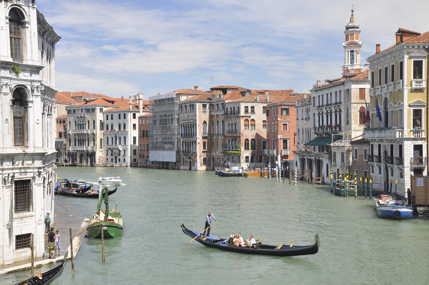
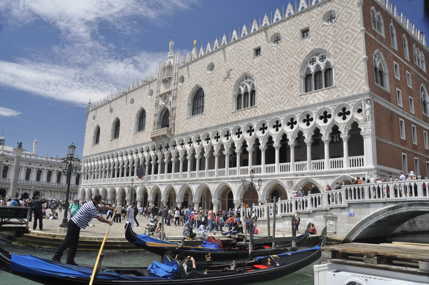
On 22nd May I flew to Venice, and set off to find the site of Marco Polo’s house where I’d started my Silk Road trip in the 1980s. Venice has been attracting tourists for centuries, so it was with some misgivings that I plunged into the crowds.


I needn’t have worried. The spring weather was perfect, ‘La Serenissima’ glowed, and even the famously petulant gondoliers were smiling. Venetians called Marco Polo ‘Mister Million’, and the alleyway to the site of his house carries on the joke.
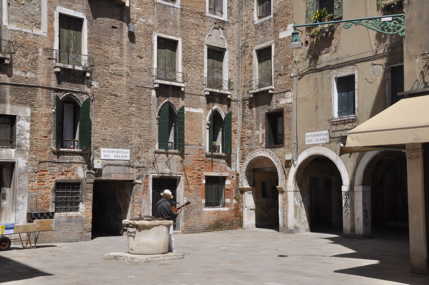

Then it was off to begin the trip. I chose Trieste as my starting point because it’s where Central Europe, the Balkans and the Mediterranean come together. Hapsburg pomp meets Slavic diligence meets Latin glee. Once a rival to Venice, the city has belonged to four countries in the last century alone.
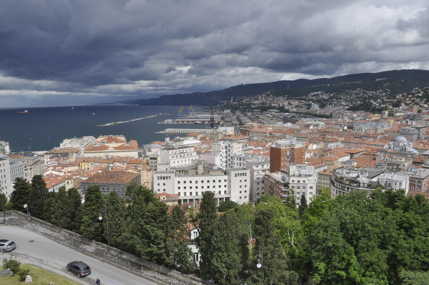
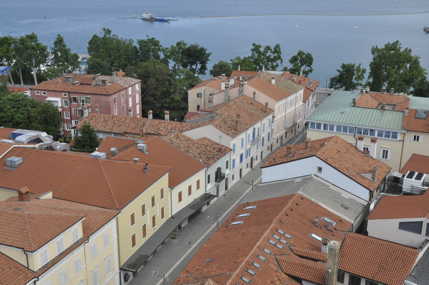
Italy came to an end just five miles from the city centre, and in the Slovenian port of Koper I left the Adriatic and set off between red-roofed houses into the Balkan hills. I was still firmly in Western Europe – Slovenia felt like Switzerland. But once into Croatia the surroundings began to change. Men scythed the fields, chickens wandered in the villages, and pungent farmyard smells greeted me at every corner.

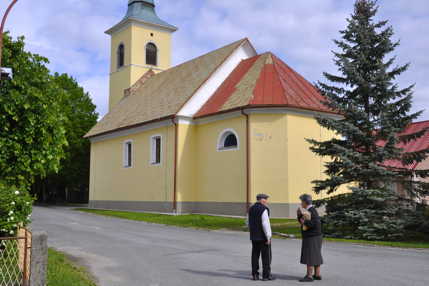
I’ve climbed three mountains so far. The best was Risnjak in Croatia, which means ‘Lynx Mountain’. Lynx were hunted to extinction in the 19th Century, but have been successfully reintroduced and share the forests with wolves and brown bears. Something I tried not to think about in my tent.
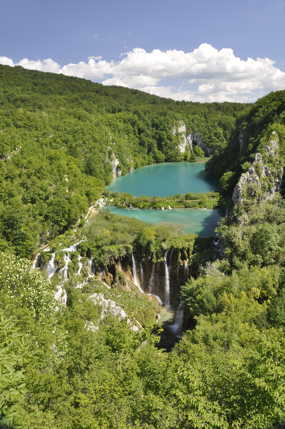

I’ve never seen so many trees in my life as in Slovenia and Croatia. They were mostly beech, with spruce and larch higher up. In early June the new growth was dazzling, and my ears rang to the sound of cuckoos, woodpeckers and frogs.
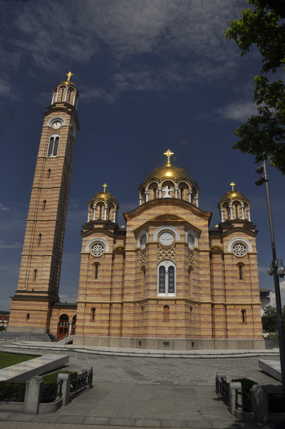
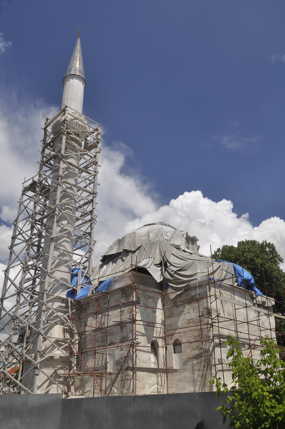
Last week I crossed into Bosnia & Herzegovina, a country reconfigured in 1995 by the Dayton Agreement to end the Bosnian war. By then the Moslem city of Bihać had been under continuous attack by Serbian forces for more than three years. Here I saw my first mosques – and my first amputees. In return for peace, Bosnian Serbs were given autonomy in an entity called ‘Republika Srpska’ which makes up nearly half the country. But this was too late to stop them blowing up the mosques of their capital, Banja Luka. Two decades later, near its resplendent Orthodox cathedral, the famous Ferhadija mosque remains still under wraps.
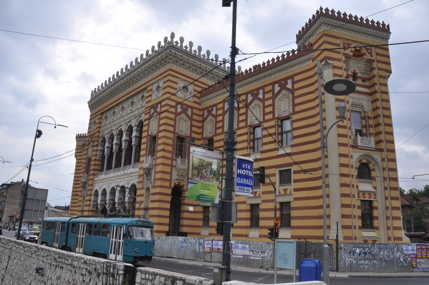
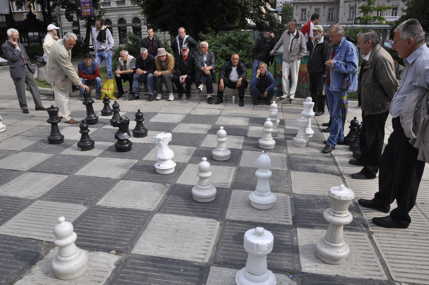
Bosnia is very noticeably poorer than the countries I’ve been through so far. In the countryside there are an alarming number of abandoned houses on both sides of the religious divide. But in cities like Bihać and Sarajevo a postwar generation is growing up; the restoration is energetic, universities are buzzing, and I get the feeling that at least some people are trying to turn their backs on the past.
